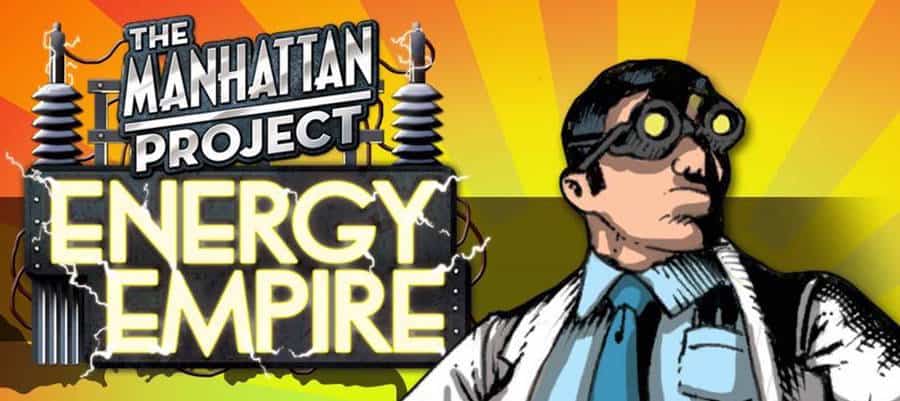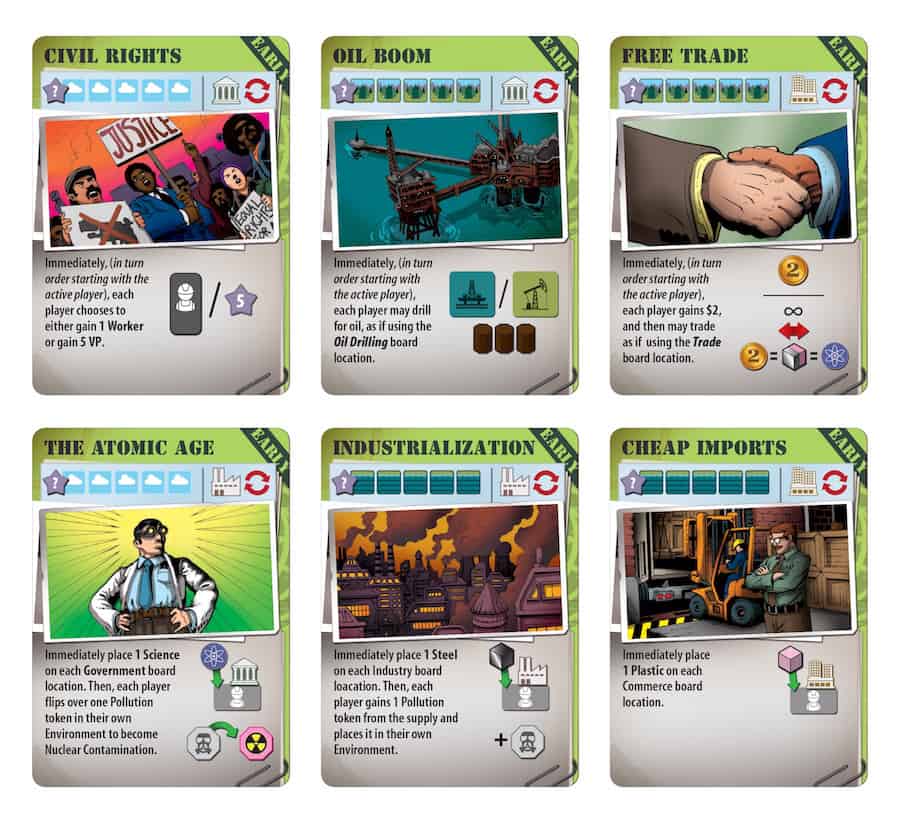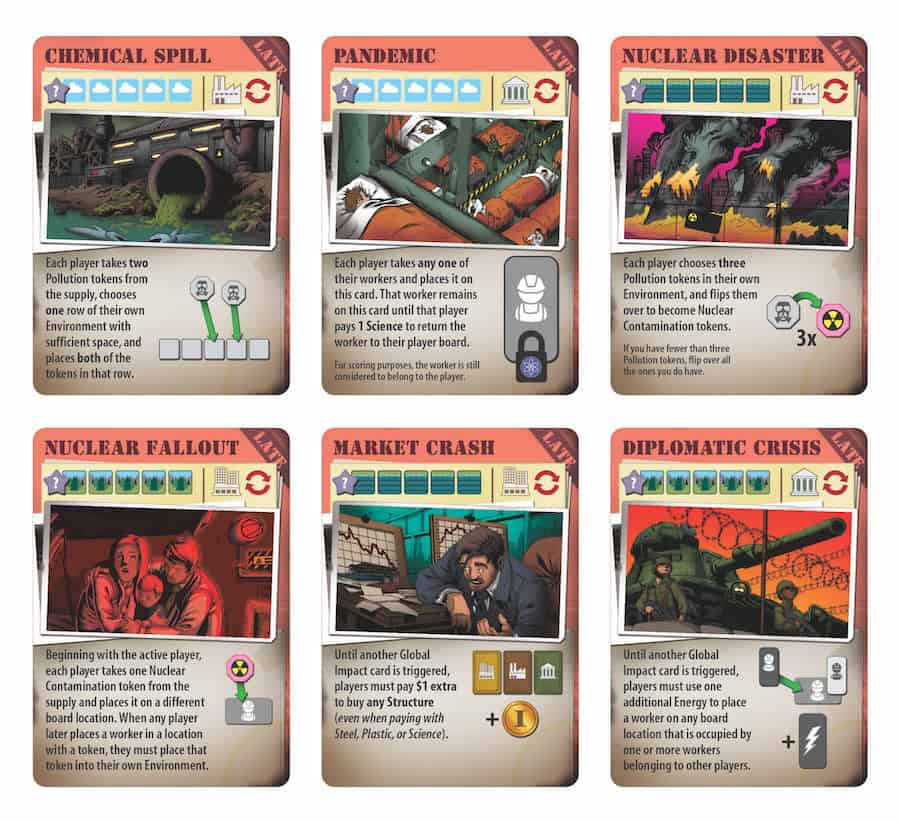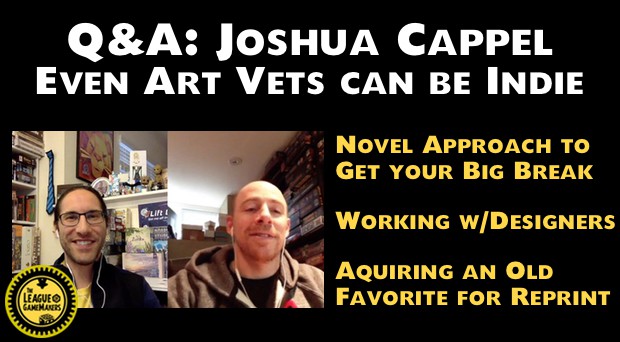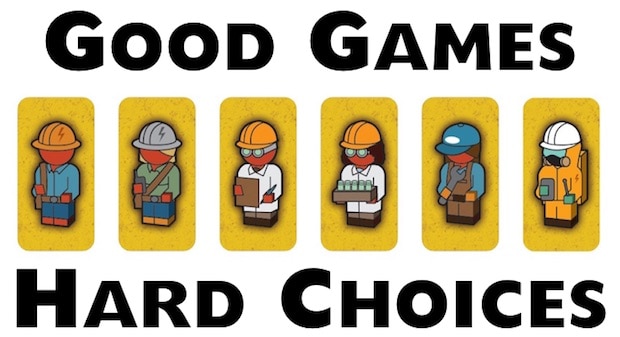
In this piece, I discuss creating decision points in games that create satisfying yet tough decisions for players, drawing from my experience working on The Manhattan Project: Energy Empire.
I am the kind of gamer and designer that really enjoys difficult choices. I’m drawn to games that make you weigh long and short term goals, immediate costs and long term benefits, or immediate benefits and long term costs. As a player, I like situations where I get to decide how much risk I am going to take. Some people think these kinds of hard choices are too much like real life, and they’d prefer to have more escapism in their leisure time. For me, tough choices are exhilarating and the hallmark of a good gaming experience. Sometimes you need to roll a hard 6. A hard 6, not an easy one. That’s my kind of fun!
With The Manhattan Project: Energy Empire, Tom Jolly and I crafted a game that requires players to make hard choices. These choices include whether to focus on Industry, Commerce, or Government, which energy resources to tap, and how much effort should be spent to gain status in the United Nations. Perhaps the most fundamental choice of all, is built into nearly every aspect of the game. That is the choice of how much you are willing to pollute your environment, and when that pollution is justified or necessary.
CHOOSE WISELY
A hard choice requires you to have some knowledge. That input may include which options are available, the costs of the possible choices, the immediate impact(s) both positive and negative, and some sense of the possible long term consequences. Typically, the immediate or short term benefits should be clearer than the long term consequences. It is important that there is sufficient information for the choice to be a reasoned judgement. If the information is inadequate, instead it’s not a hard choice, it’s just a guess. On the other hand if the information about all costs and benefits is totally complete, it isn’t a hard choice either, it’s a solvable puzzle. You need some degree of uncertainty to make the choice interesting, but not so much as to make the choice meaningless.
The amount of information or input that goes into decisions in your game is a function of your game’s complexity. Less complex games will have fewer inputs. More complex games will have more.
In Energy Empire, each structure card has a type, a victory point value, and a reusable function with an activation cost. Some structures, but not all, cause environmental damage when purchased. In addition, depending on the card’s position in its respective market, it has a resource cost to acquire. If the market space to purchase the structure is occupied by other workers, a player might have to spend extra energy to use that space. All of these factors together create the hard choice of which structures to buy and when.
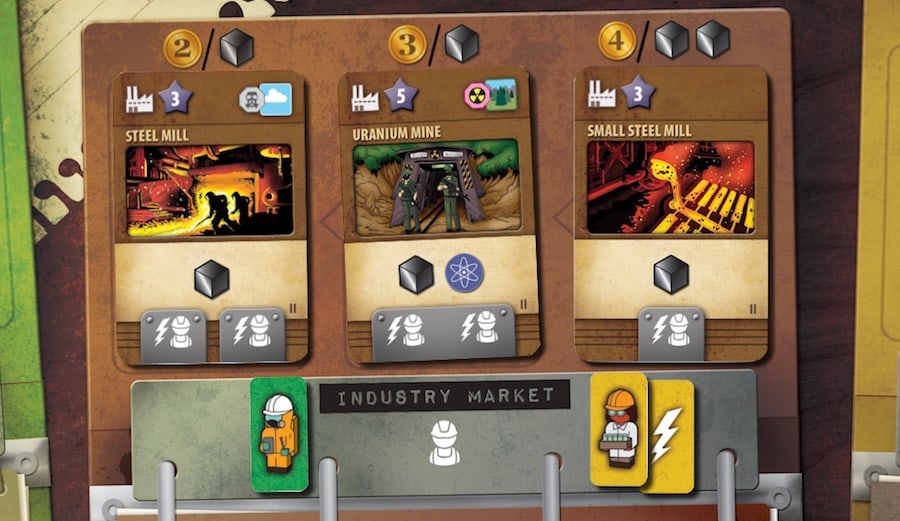
Note: Grey Cubes represent steel in this image, but these will be replaced with I-beams in the final version because of a stretch goal achieved in the Kickstarter!
In the example above, the yellow player places a worker and an energy token in the Industry Market to buy a structure card. She has only three choices, but several types of information to include in her decision. The cost of indicated above each card and may affect or limit her choice: The Steel Mill costs $2 or 1 Steel, the Uranium Mine costs $3 or 1 Steel, and the Small Steel Mill costs $4 or 2 Steel. If she is low on resources, she would be more likely to go for one of the cheaper structures.
Selecting between these structures might be a hard choice. The Steel Mill has the special feature that it may be used twice (on two separate turns) without having to reset. It only produces one steel at a time though, and it does cause pollution to the air. The Uranium Mine stands out because it is worth 5 victory points, produces two resources – 1 Steel and 1 Science, but it has some drawbacks too. It causes nuclear contamination to the forest when purchased, and to activate it requires 2 workers or energy. The Small Steel Mill is the only choice there that will not cause pollution, so it may be the best choice to avoid long term consequences. But its position in the market makes it expensive, and is less productive than the other two structures.

GIVE A HOOT
Pollution in Energy Empire creates hard choices. Each time a player makes a decision that causes pollution, the pollution is taken from the “Global Impact Track.” This track serves as a timeline for the game, and also triggers major events on Global Impact cards. While these impacts are inevitable, by polluting, you might accelerate the rate at which these events occur.
The pollution you acquire, along with oil wells and nuclear contamination tokens, are placed in your personal environment grid.
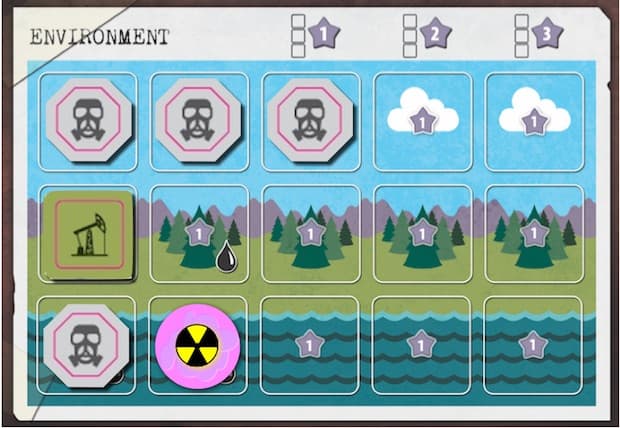
Generally, players try to place as few pollution tokens in their environment as possible, because different rows of the environment are scored periodically throughout the game, and the entire grid is scored at the end of the game. In addition, players usually fill their grid from left to right, because the rightmost columns provide extra victory point bonuses at the end of the game if they are free of pollution. One pollution token has the potential to cost you as much as 5 victory points in the long run, but depending on the position of the token and the circumstances, might cost you as little as 1 victory point. There is some uncertainty about which rows are scored and when, depending on which Global Impact Cards are in the game. These cards are hidden until triggered, though players may conduct scientific research to get a peek at them.
The decisions about pollution are not black and white. Sometimes it makes sense to leave a little pollution in your environment, because it isn’t worth the cost to clean it up. In other situations, a player should do everything they can to clean up a certain row.
Here’s a look at some Global Impact cards from Energy Empire. Each of them scores on row of the environment, and pollution interferes with that. The Early Global Impact cards are more beneficial, the Late Global Impact cards are more harmful. These affect all players.
EARLY GLOBAL IMPACT CARDS
LATE GLOBAL IMPACT CARDS
As you go about building complex games, take steps to avoid unnecessary analysis paralysis. I previously wrote a 2 part series on this topic here on the League:
Designing Games to Prevent Analysis Paralysis Part 1
Designing Games to Prevent Analysis Paralysis Part 2
The Manhattan Project: Energy Empire will be on Kickstarter until Thu, Apr 7 2016 8:00 PM PDT, and will be published by Minion Games and released during the Fall of 2016. The game features the beautiful artwork and graphic design of Josh Cappel and Jeffrey Edwards (Much of the art on this page is close to final, though some changes will still occur before publication.)
